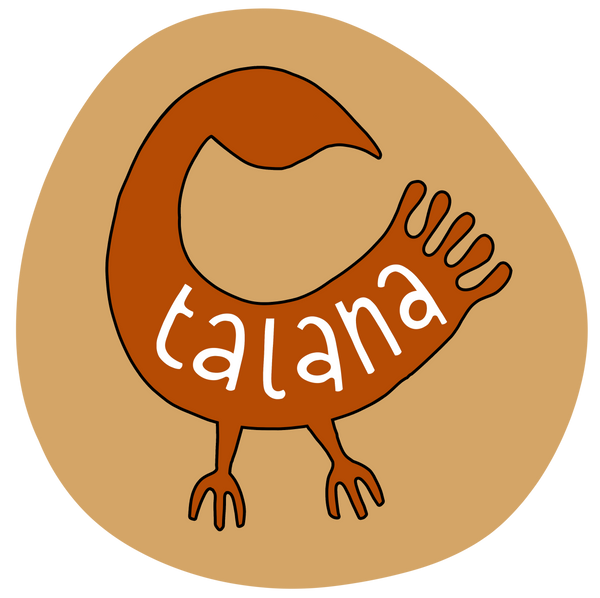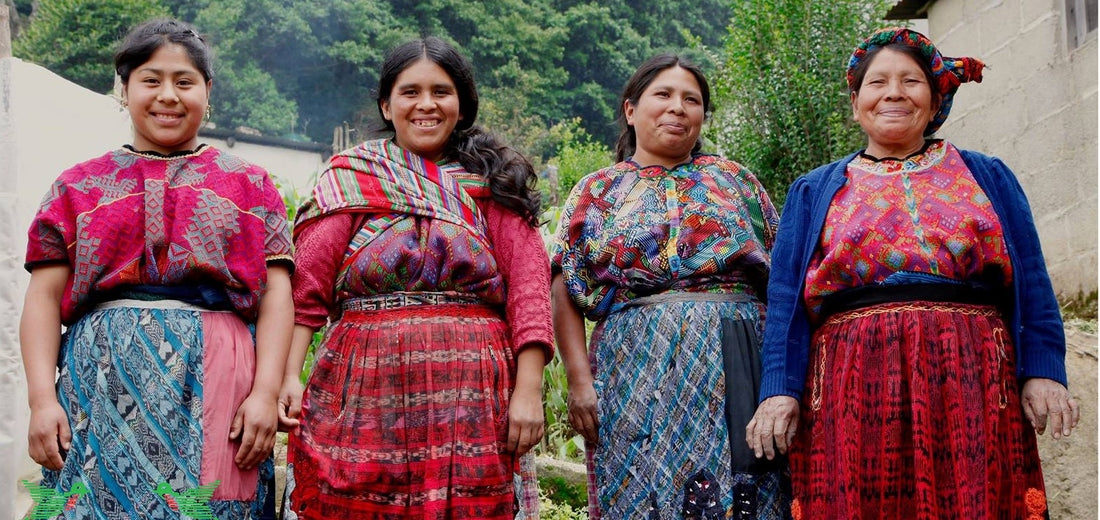
Weaving Process
The weavers use organic, locally produced, naturally dyed cotton thread. The next step is harvest, which the workers can perform manually or with the use of machines. While the machines are quicker and less labour intensive, they are also very expensive and often damage the fibre. Once picked, the natural cotton balls (which are white, khaki or coffee in colour) are pulled apart so that the seeds can be removed. The cotton is then stretched and pounded into a rectangle in preparation for spinning it into thread. After this, the cotton is hand-spun on a spool. The women use one hand to spin the spool while the other holds the cotton high until long strands begin to form. It's necessary to spin the cotton several times to achieve a very fine cotton thread.
The last step of thread making is dyeing it with natural colours extracted from plants, fruits, vegetables and insects. The weavers use different techniques to create different shades and patterns on the thread, such as boiling, soaking, tying and wrapping. The dyed thread is then dried in the sun before being wound onto bobbins.
The weaving itself is done on a back strap loom, which consists of two wooden sticks that hold the warp threads (the vertical ones) in place. One stick is attached to a fixed point, such as a tree or a wall, while the other is tied around the weaver's waist with a strap. The weft threads (the horizontal ones) are interlaced with the warp threads using a wooden shuttle that passes through them. The weaver adjusts the tension of the loom by moving her body closer or farther from the fixed point.
The back strap loom allows the weaver to create complex designs and patterns on the fabric by using different techniques such as brocade, ikat and supplementary weft. Brocade involves adding extra threads on top of the basic weave to create raised motifs. Ikat involves tie-dyeing some of the warp or weft threads before weaving them to create blurred patterns. Supplementary weft involves adding extra threads between the basic weft threads to create contrast and texture.
The final product is a beautiful piece of fabric that reflects the culture, history and identity of the Mayan people. Each region has its own distinctive style and symbolism that can be seen in the colours, shapes and motifs used by the weavers. Some of the common themes include animals, plants, stars, mountains and geometric patterns.
The co-op helps to preserve this ancient art form by providing training, materials and market access to the weavers. It also promotes fair trade principles and environmental sustainability by using organic cotton and natural dyes. By buying from the co-op, you are supporting not only a social enterprise but also a cultural heritage.


2 comments
Just got one of these wonderful runners. The colours are amazing. Been wondering how they have been made. Thanks for this informative article. I do really love how much you are engaged in the local ommunity.
The runners are stunning and great quality. Reversible too and just brighten up your room.